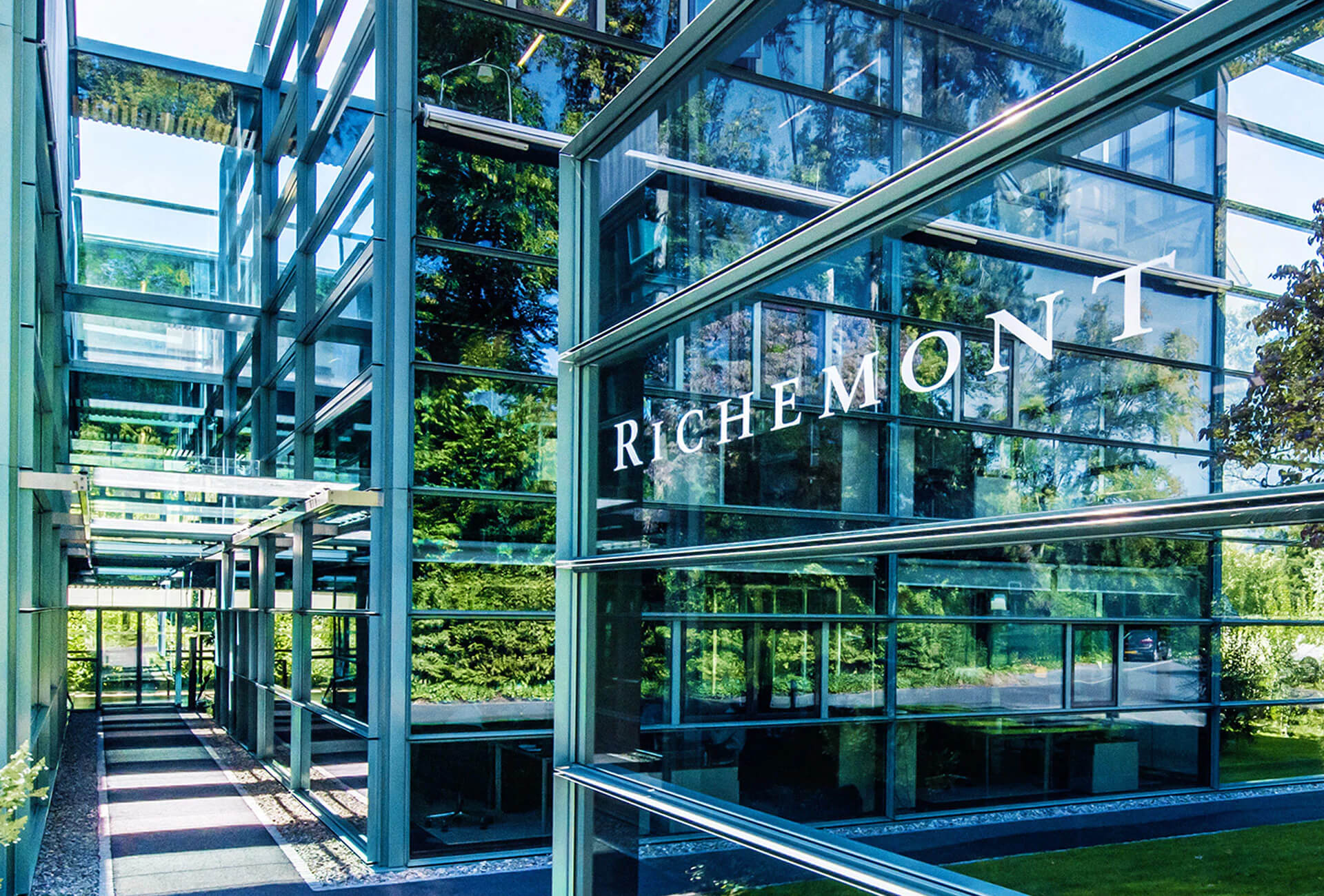Europe’s stock markets have a new champion for market capitalisation: LVMH, the world’s largest luxury goods group with revenue of €44.7 billion (-17%) in 2020. At February 10, the group’s shares had risen to a market value of €270.3 billion, putting it ahead of Nestlé — despite the fact the Swiss food giant has sales double those of LVMH and has proved significantly more resilient to the global pandemic with a forecast 4% increase in revenue for 2020. The reason lies with investors. They are drawn to a sector where companies have all reported buoyant results in recent quarters, with the promise of a much smoother ride in 2021.
Upward trend
As newly announced figures show, luxury’s big names feel confident they have turned a corner. “With an organic revenue decline of only 3% in the fourth quarter, the Group saw a significant improvement in trends in all its activities compared to the first nine months of 2020,” LVMH noted on publication of its full-year results. At Richemont, sales grew by 5% at constant exchange rates for the three months of October to December. Swatch Group reports that “net sales in the second half of the year [decreased by] -14.3% compared with the previous year at constant exchange rates, but [increased by] 54.7% above the first half.” There is no mistaking which way the market is heading, fuelled by a “snapback in demand, particularly among the key Chinese cohort but also quite interestingly among a local luxury shopper who had previously been quite apathetic, especially in Europe,” observes Swetha Ramachandran, manager of GAM’s luxury brands equity fund.
Stock markets were quick to respond, sending luxury prices climbing. Since the beginning of April 2020, when luxury shares were at a low, Richemont stock has risen 74% (at February 10, 2021) and Swatch Group stock has increased 45%. By way of comparison, the SMI, which is the most important Swiss market index, gained a much smaller 17.8%. Across the border in France it’s a similar picture, with LVMH (+65.4%), Hermès (+54.7%) and Kering (+22.1%) all posting share price gains over the same period. It’s a simple fact: in the space of a year, all these companies have recuperated losses suffered due to the Covid-19 crisis. Some are even up 20% to 30% on February 2020, before prices entered freefall. In comparison, the main indexes are all negative over the same twelve-month period. Some analysts see European luxury companies as the European stock market equivalent of US tech firms, such is their dominance of the sector.
We won’t go into the driving forces behind the luxury industry’s growth that are China, its economy and its consumers. There is, however, a second phenomenon at work that analysts haven’t missed and that is online sales. According to Bain & Co, online sales of personal luxury goods totalled €49 billion in 2020, up from €33 billion in 2019. The share of purchases made online almost doubled, from 12% in 2019 to 23% in 2020. Such extraordinary progression is mirrored by the stock market performance of Farfetch, an online fashion marketplace that is still in the red but now very close to breaking even. Prospects for future performance are all the more encouraging since Richemont, Alibaba and Kering invested over a billion dollars to boost the company’s development in China. As a result, over one year Farfetch’s share price has soared by a mammoth 450%.












